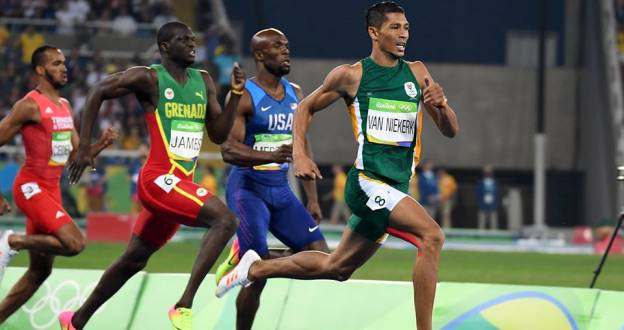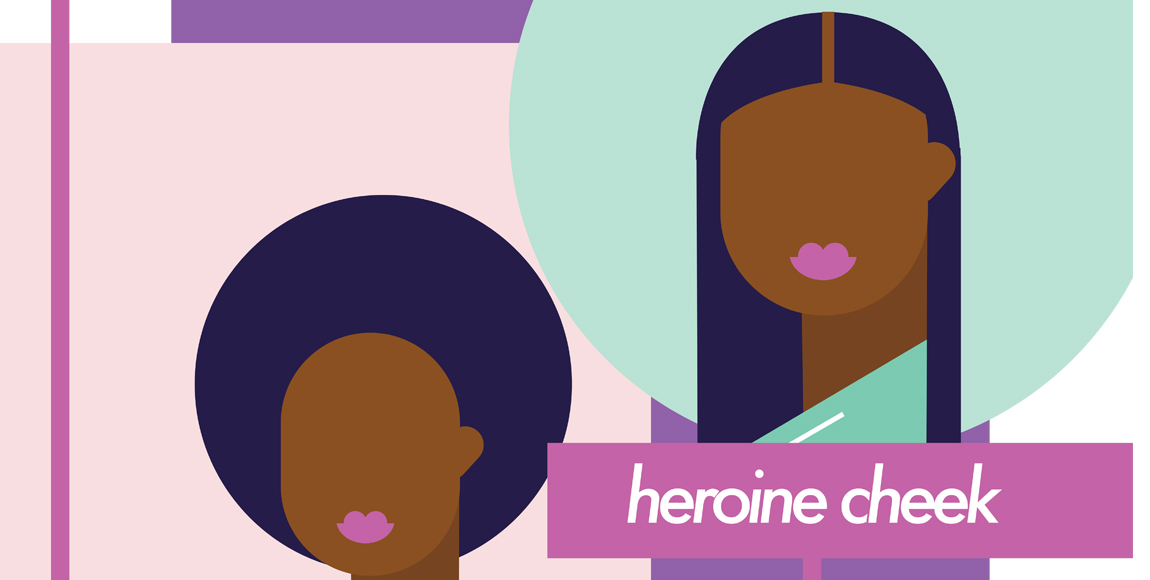Following the national conversation that took place after Wayde van Niekerk’s win on 14 August, ANGELO C LOUW wants the media to take a look at the role it has played in reinforcing damaging stereotypes about the coloured community.
“The most potent weapon of the oppressor is the mind of the oppressed” Steve Biko, 1978.
As quickly as Wayde van Niekerk shattered the 17-year-old 400m world record at the Rio Olympics, social networks were abuzz with news of the South African sprinter’s victory but as the world celebrated his remarkable feat, the community of his origin was slated for claiming the victory as its own.
#ColouredExcellence: I can be coloured and black at the same damn time
Debate flared on for hours following his race, with everyone from academics to rap artists weighing in. Its result: a long overdue hashtag #ColouredExcellence, and perhaps the answer to the age-old question “Why must everything be about race?” posed as the main charge against South Africa’s proud coloured community.
Racial tension around the world has forced media workers to begin questioning their role in reinforcing social perceptions which are harmful and negative.
Global leadership nonprofit organisation, The Aspen Institute, noted during a 2014 roundtable on community change with a group of very influential journalists in Washington DC: “The chief mandate of good journalism is to inform and educate, and journalists play a vital role in shaping perceptions about social groups.”
The institute added that contextualising news events through an analysis of data and history could potentially achieve an understanding of the complexities of race needed to illuminate the roots of long-running racial disparities.
I’ve noticed this in South African media where, ever since the notion of the “black diamond” emerged a decade ago, black professionals grace the cover of magazines and business sections of newspapers which celebrate their success in the face of gross adversity. This has made a huge impact on the psyche of the black community, particularly the youth, because these are people who grew up like them, and have made it.
The coloured community is not afforded the same media presence because, quite frankly, they can’t match the spending power of the 80% black majority population and the only time they capture the media is when they disrupt the motions of those with spending power: crime, service delivery protests and, apparently, threats to national security.
The result of this lack of interest in the coloured community is that the violent, volatile and illiterate South African coloured narrative has not evolved beyond these apartheid stereotypes developed to disenfranchise the community. Deliberate or not, the reinforcement of these stereotypes in the media says to this community and others that it is all coloured people will ever be.
This Heritage Month sees the nationwide release of the movie Noem My Skollie, which boasts the largest ensemble of coloured actors in cinema history. It tells the story of four coloured adolescents from the Cape Flats forced into gangsterism, two of whom are later arrested and become legendary storytellers in Pollsmoor Prison.
This movie is based on a fascinating true story and is a huge deal for the community; except, the last major coloured-focused cinematic release, Four Corners, also dealt with gangsterism and jail.
The South African Institute of Race Relations released a report in 2008 stating that while black people accounted for the greater number of the prison population, the imprisonment rate of coloured people was twice that of their black counterparts. The numbers have hardly changed since then.
Some may argue that these are the realities of the community being depicted, but how do you expect to inspire change in a community when you are all focused on is what damages them?
Human beings are rational creatures and you would expect them to critically engage with messages being presented to them through media outlets. But as the so-called fourth estate, the media is pretty much positioned as a reliable, authoritative source of information which decreases resistance to what they present.
As Malcolm X noted in 1963: “The media’s the most powerful entity on earth. They have the power to make the innocent guilty and to make the guilty innocent, and that’s power. Because they control the minds of the masses.”
This is why van Niekerk’s victory is crucial to the coloured community, because someone who once struggled to gain the recognition due to him just over year ago (possibly because of the racial politics in media described above) cannot be ignored right now, is larger than life, and coloured!
A mere 43.3 seconds was all it took for the Kraaifontein native to shatter the bonds of what we know as coloured: #ColouredExcellence. He represents something so much bigger; the coloured you never knew existed and the community can begin to redefine its heritage and continue to do so, as change is constant.
As former Minister of Finance, Trevor Manuel, once said: “This generation, our generation of people who benefited, must always be the pioneers who look to younger people and say mediocrity is not accommodated in what we do.”
Angelo C Louw is a member of the South African National Editors Forum and is currently based at the University of Maryland’s journalism school in Washington DC as a Hurbert H Humphrey Fellow.









